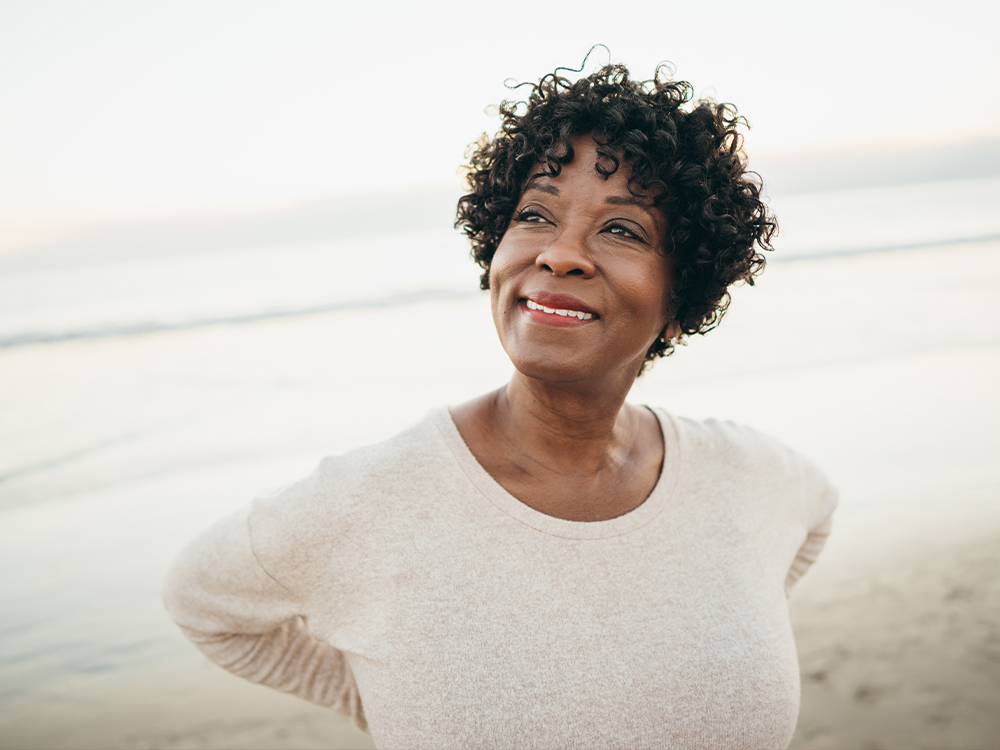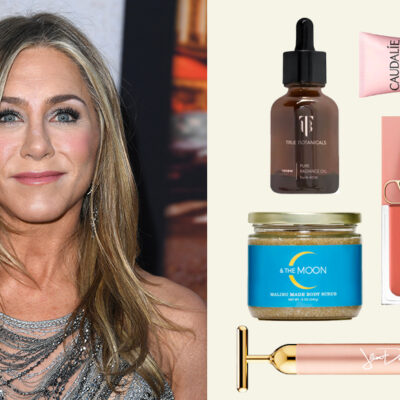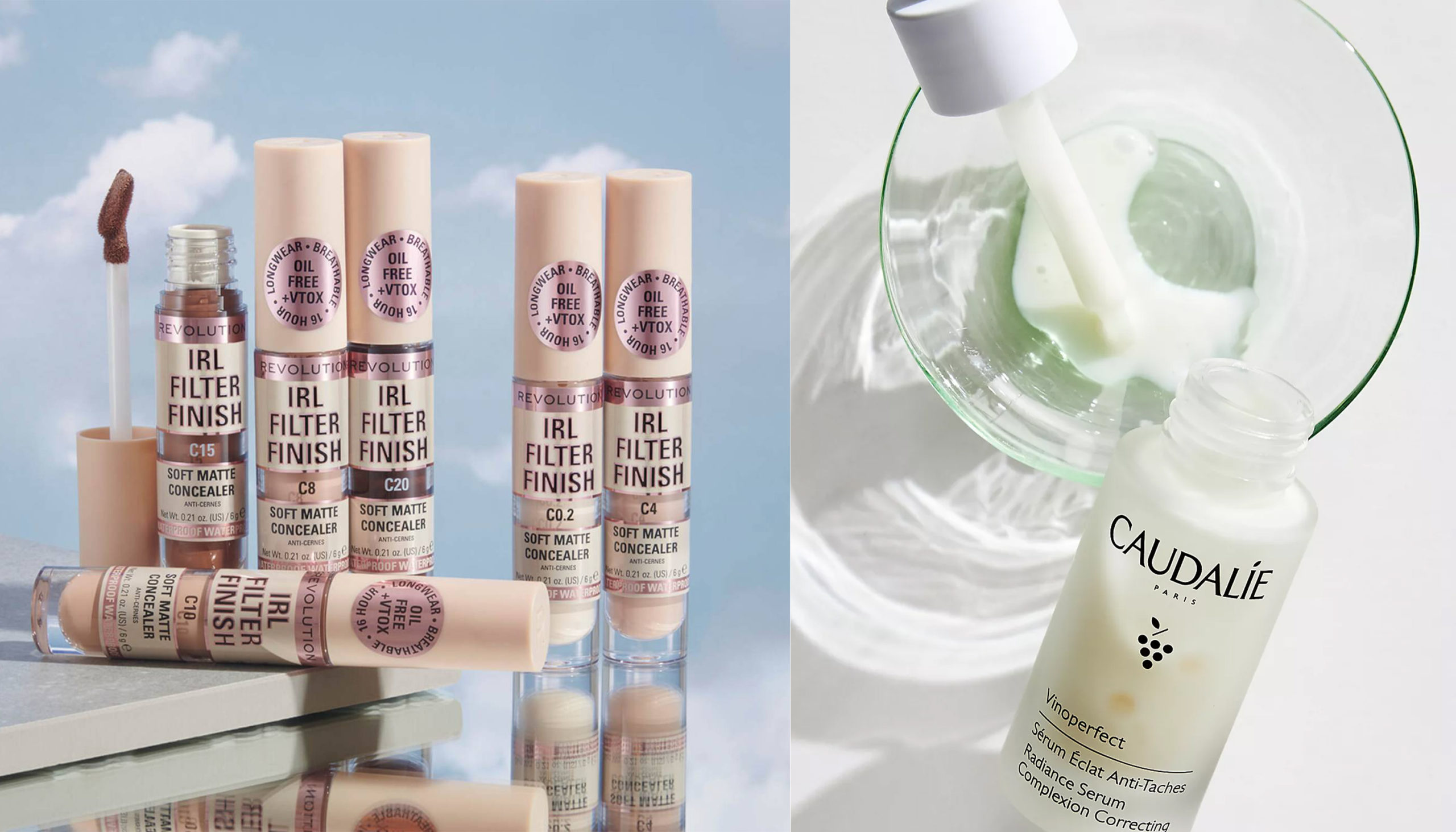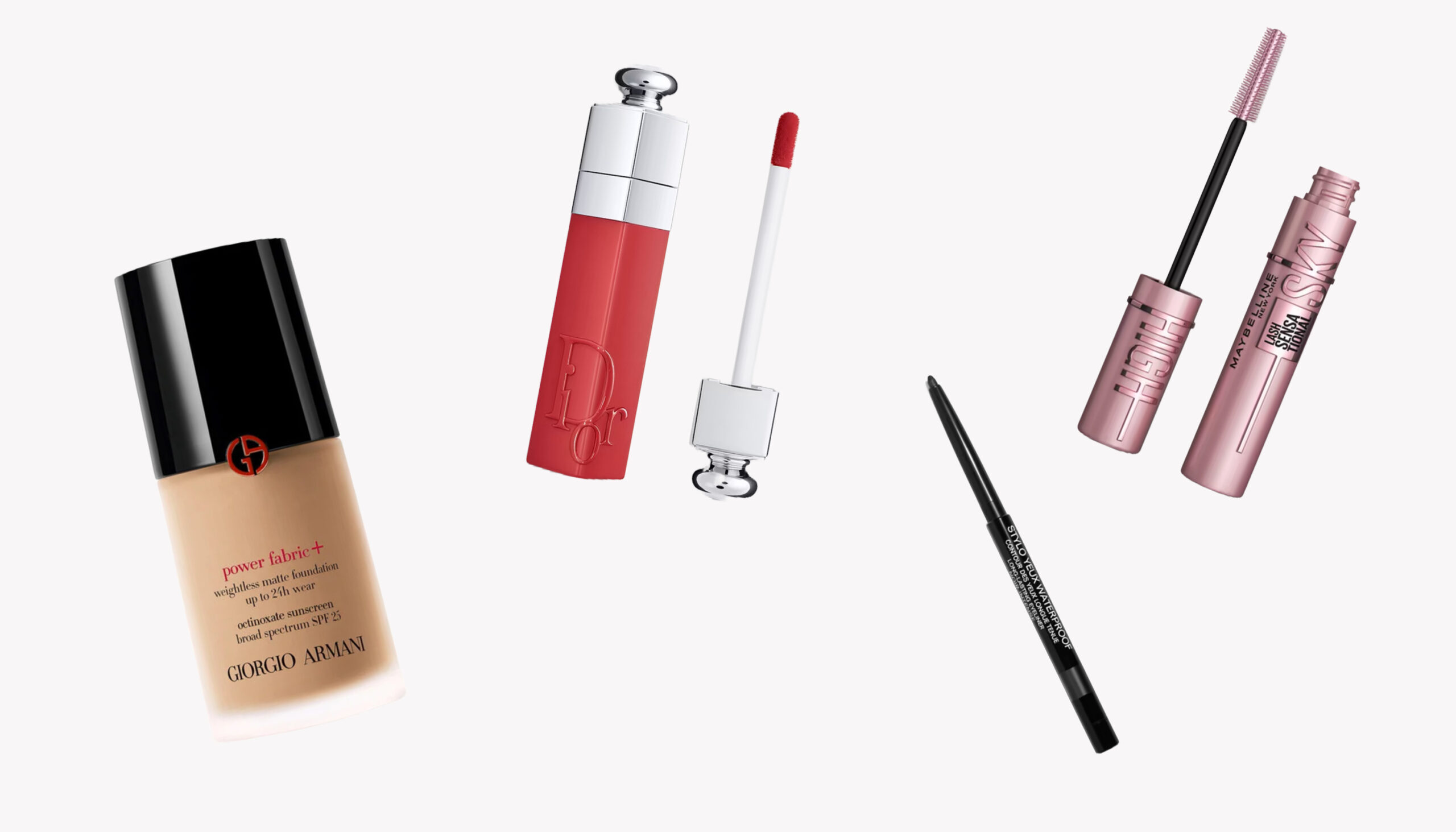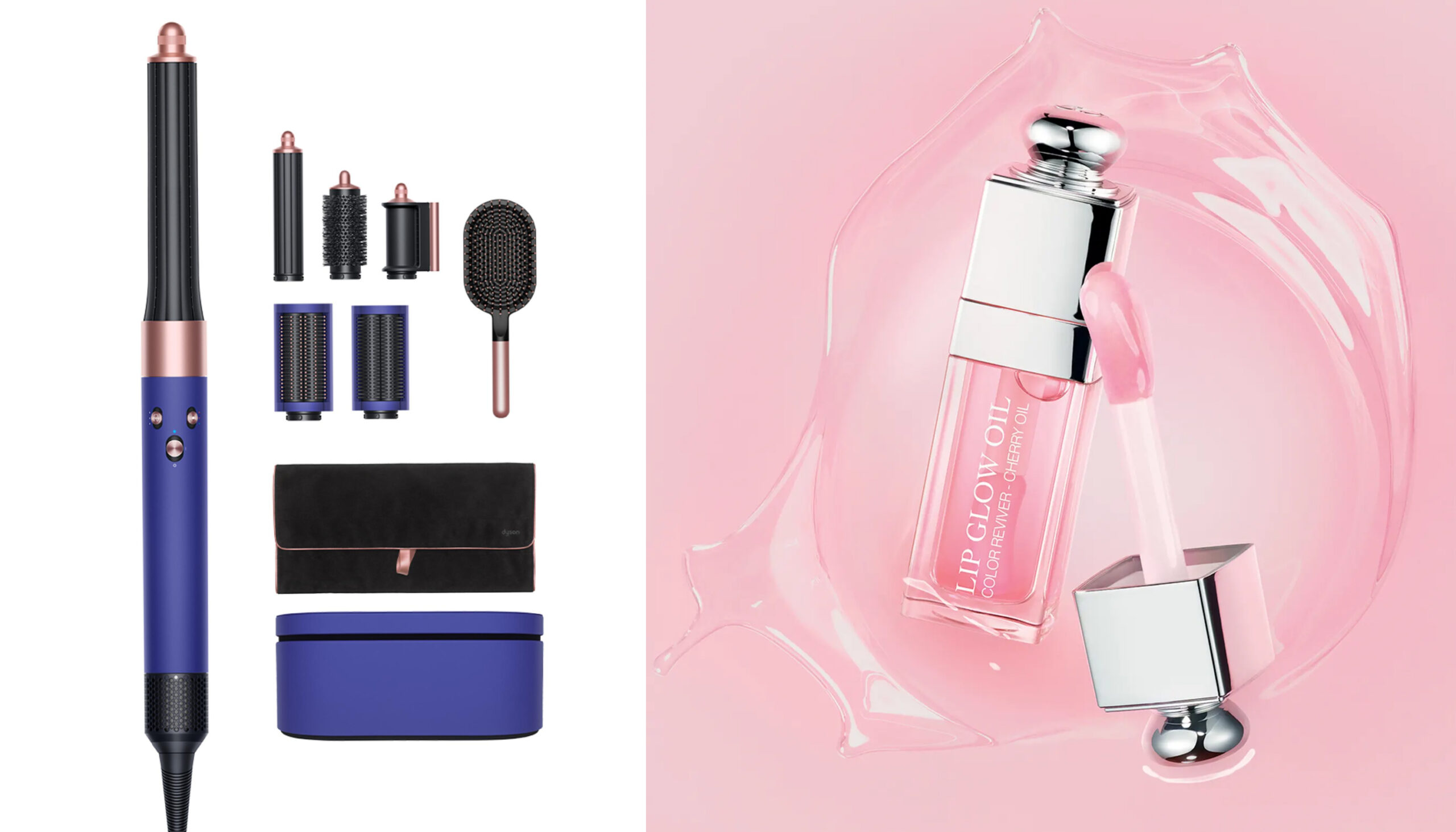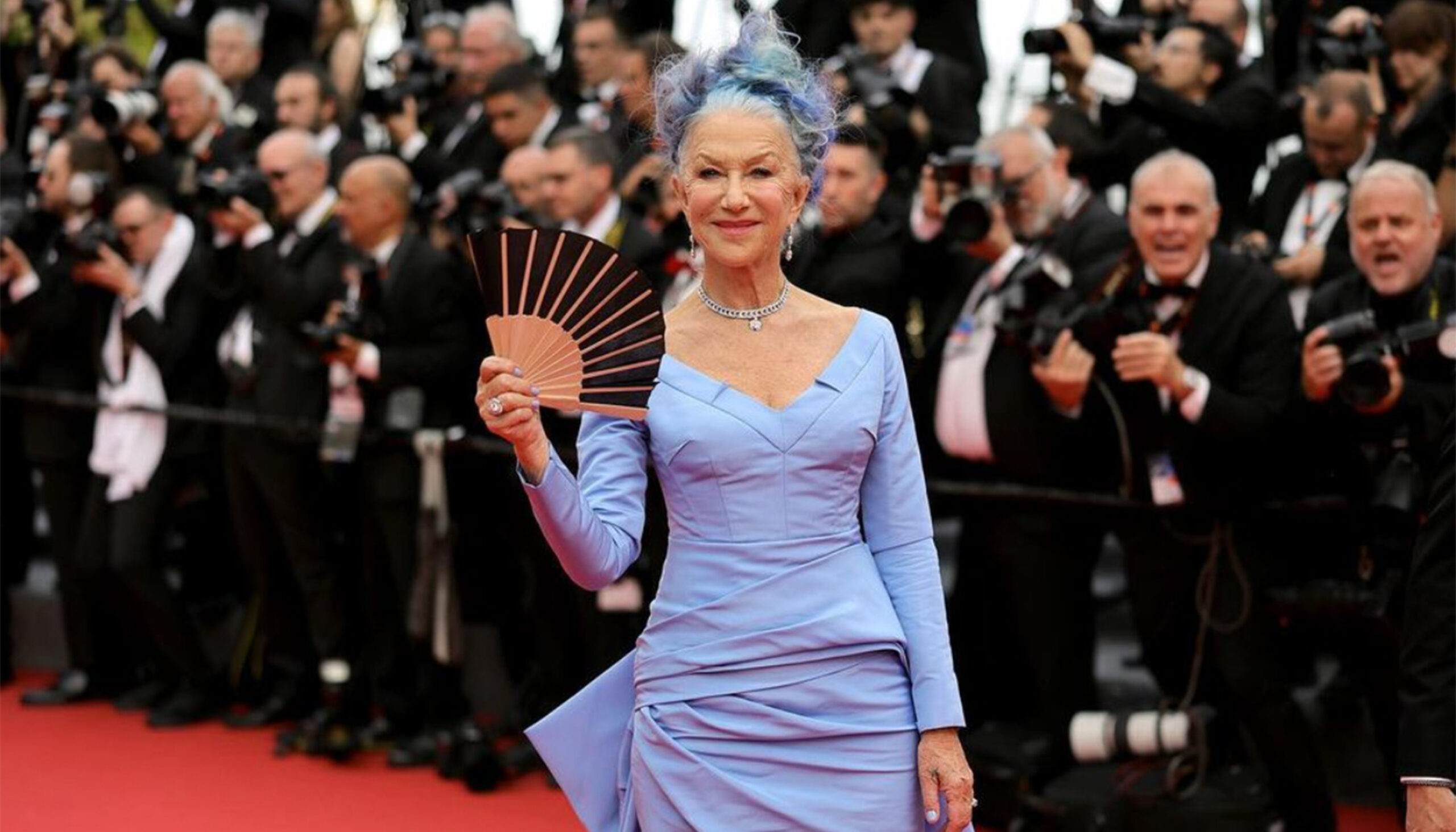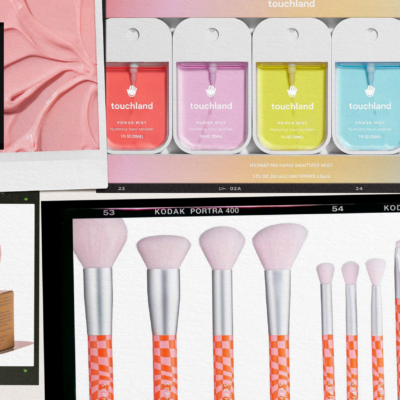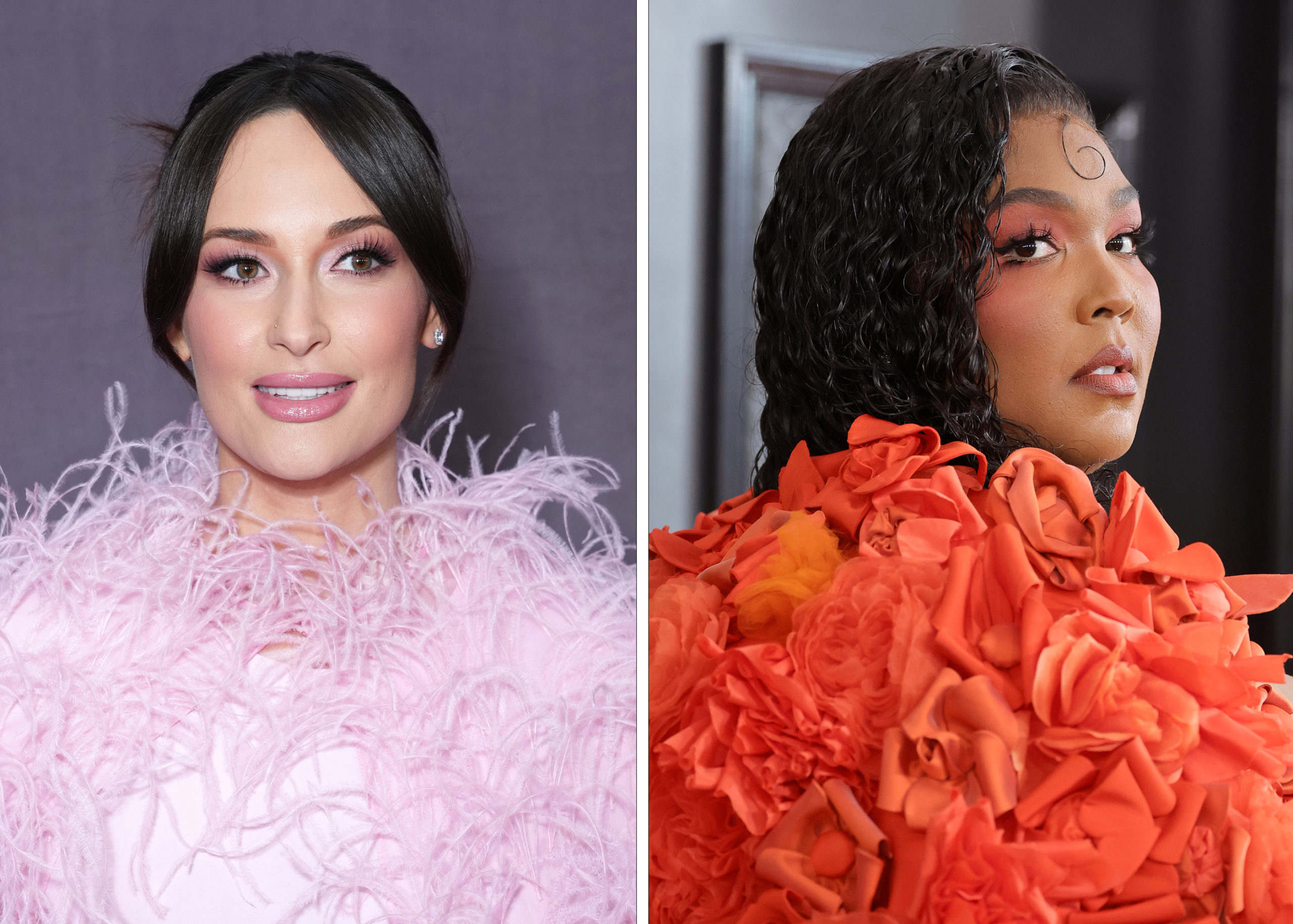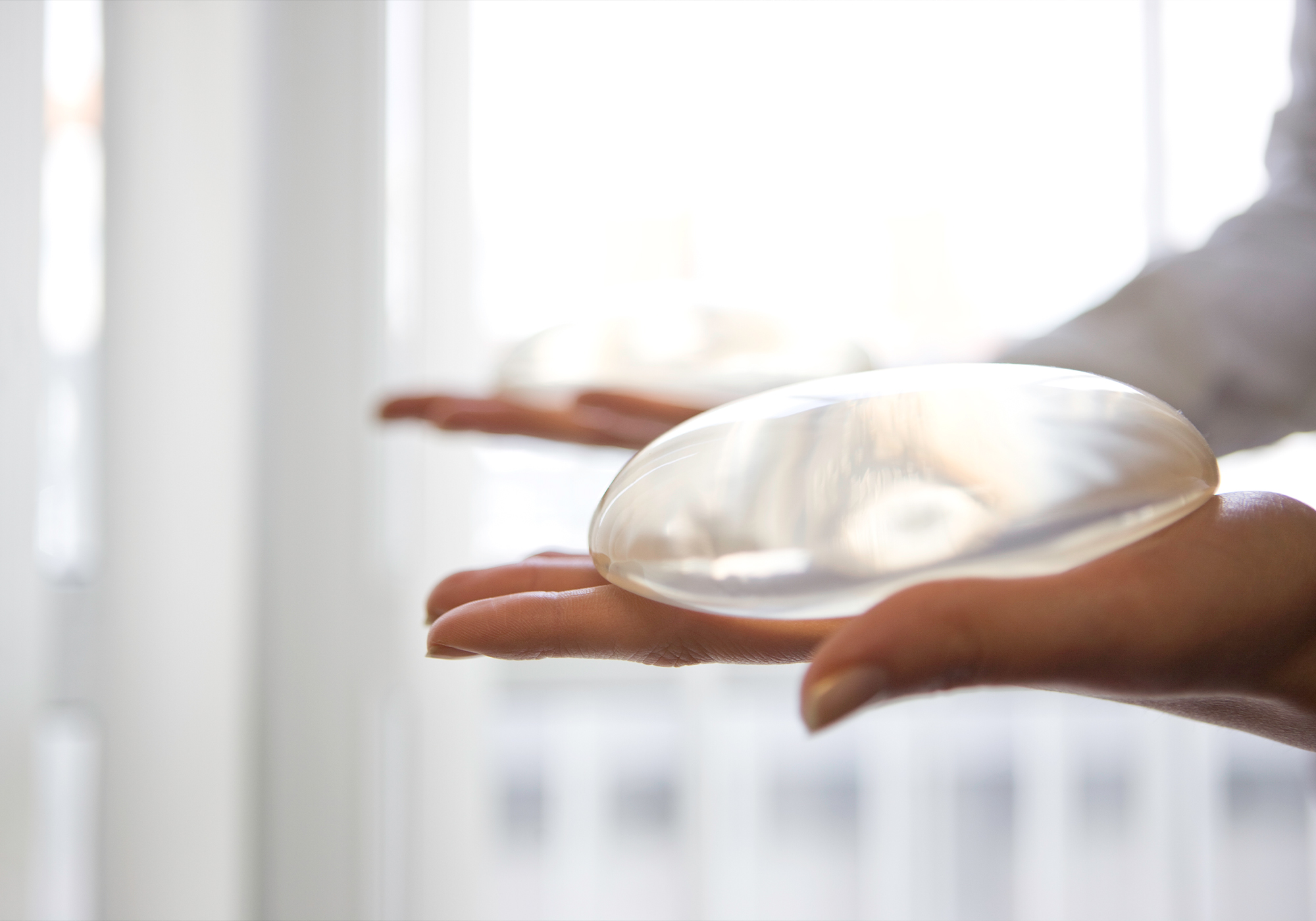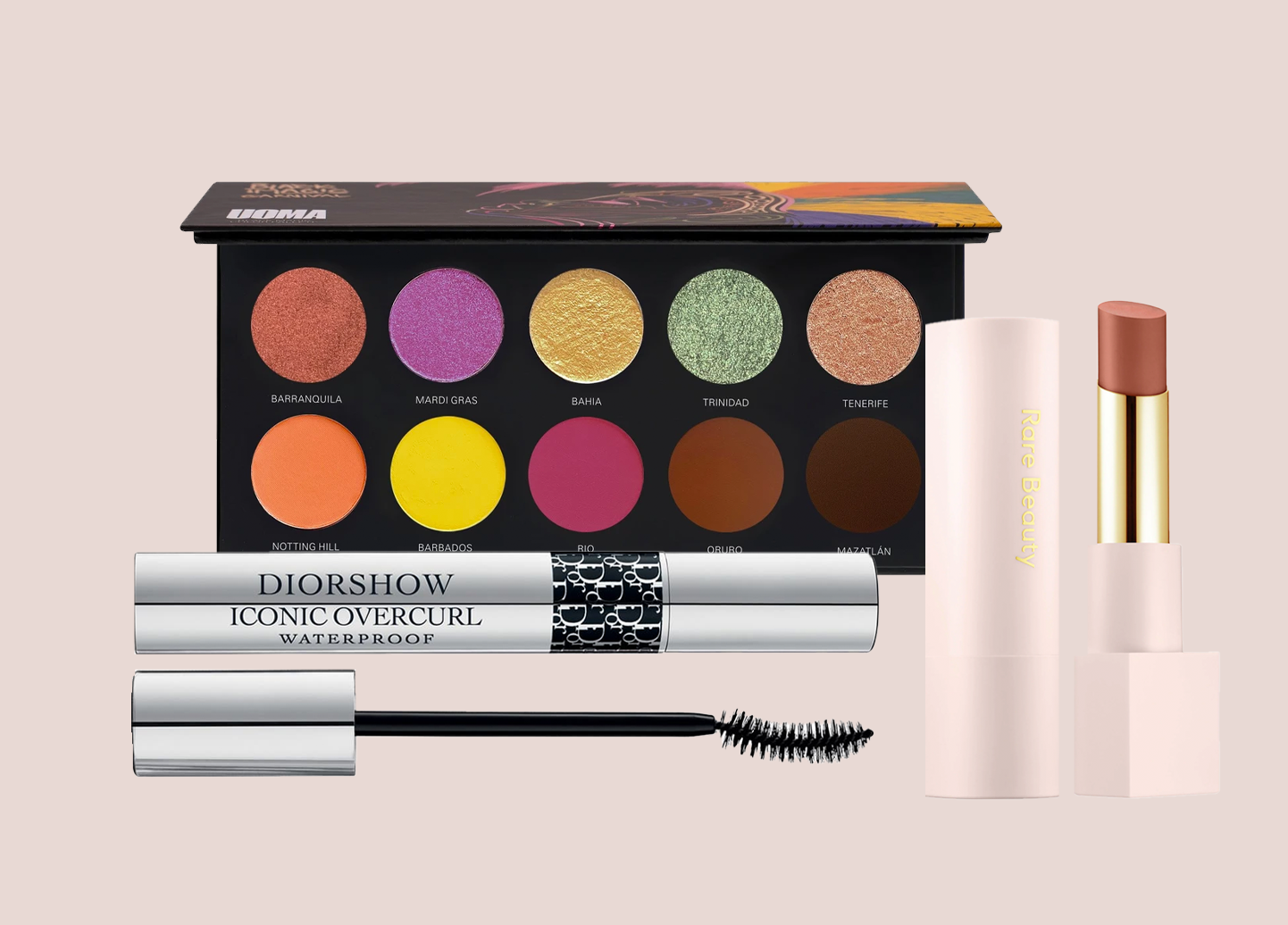“Black women are 40 percent more likely to die of a breast cancer diagnosis, period,” says Natrelle partner Dr. Vivian Bea, board-certified general surgeon and chief of breast surgical oncology at New York Presbyterian Brooklyn Methodist Hospital. That statistic should make you think. Why is that the case? “We know this data,” says Dr. Bea, “we know the disadvantages exist, and now it’s incumbent upon us to say, ‘How can we address this?’” We spoke with a surgical oncologist and a reconstructive surgery specialist to get a deeper understanding of where the disparities in breast cancer care come from and how we can shift them on both high and low levels.
Statistics show that BIPOC women are at a systemic disadvantage when it comes to receiving healthcare. Why is that?
Research shows that Hispanic adults are less likely than other Americans to have health insurance and receive preventative care. Other research indicates that Asian Americans and Pacific Islanders are least likely to have a personal doctor. But why?
“It’s multifactorial,” says Dr. Bea. “There are patient-related factors, system-related factors and physician or provider-related factors.” She explains that environmental and social determinants can significantly impact one’s ability to receive healthcare. For example, “What does the hospital in your community look like? How accessible is quality care to you from a citizen standpoint?”
At the baseline level, there’s systemic racism that infects many facets of our society, including healthcare, points out Natrelle partner Dr. Nyama Sillah, cosmetic, plastic and reconstructive surgery specialist. She notes that there could even be implicit bias from caregivers that gets in the way. Dr. Bea adds that access to food can be a factor as well. “From a breast cancer standpoint, we know that obesity is linked to breast cancer risk, as well as other health issues,” putting those in food deserts at a higher risk, she explains.
How does this specifically affect BIPOC women with breast cancer?
It’s often an issue of access. “BIPOC women don’t always have PCPs or access to screening that could detect cancer at early stages,” explains Dr. Sillah. It’s important to consider how easy it is for patients to get yearly mammograms. Dr. Bea says Black women are not consistent about getting mammograms. “Maybe they can get one one year and not the other year, and in that interim time, breast cancer can develop, and then they’re subsequently diagnosed at a later stage,” says Dr. Bea. “We also know that BIPOC women are not getting quality mammograms as often as other races.” For example, Black women are less likely to get the 3D mammograms, which are more accurate at detecting breast cancer, says Dr. Bea
An unsettling fact, Black women are twice as likely to be diagnosed before the age of 45, says Dr. Bea. However, some organizations don’t take that into account when suggesting mammograms begin at age 45, she notes. In this aspect, the discrepancy can come from the physicians and providers who are not well versed in disparities that affect BIPOC women when it comes to breast cancer.
A 2016 study found oncologists whose tests showed greater implicit racial bias had shorter interactions with their Black patients. Additionally, their patients rated the interactions as less supportive and had less confidence in the recommended treatments. More than 60 percent of Black women say they’ve had negative healthcare experiences.
But it’s not only disparities from external structures that lead to a higher rate of Black women dying frombreast cancer—it’s also tumor biology
“Black women are twice as likely to be diagnosed with triple-negative breast cancer, which does portend a worse prognosis and even within each stage of breast cancer, Black women have worse survival [rates],” says Dr. Bea. “That means for stage one to stage four, the Black patient diagnosed has worse survival.”
Multidisciplinary care improves survival
Dr. Bea believes to boost the survival rate, we need more patients to have access to multidisciplinary care, including a breast surgical oncologist, medical oncologist, radiation oncologist, as well as someone well-versed in genetic testing. However, not all women have access to a camp of providers—this is where community outreach comes in.
Education on both sides can improve things
Dr. Sillah says it’s imperative to educate the healthcare community about implicit bias. Additionally, she’s passionate about making sure the BIPOC community is educated about diseases, screening recommendations, rights to reconstruction and more so they can advocate for themselves if needed.
Experts say we need more nationwide policies in place
While Dr. Bea says there’s been a lot of forward progress over the last decade helping make mammogram screening more accessible, she knows that there’s more to be done. Cancer policies nationwide, not just state to state, need to be put in place for further testing, biopsies and treatments, says Dr. Bea, to ensure access for all women.
Experts need to acknowledge the disparities and adjust for them
Dr. Bea urges experts to take accountability for these disparities and do something to bridge the gap. Sometimes equality means giving someone extra support to receive the treatment they need, she explains. “So that means maybe hospital systems can invest in nurse navigators that can help a patient navigate through the system and receive all of their care promptly. We know that there’s a delay from diagnosis to treatment,” says Dr. Bea. “Figuring out ways in which we can decrease that time can improve outcomes.”
All of this carries over to breast implants and reconstruction
A Dartmouth study found that Black women are 55 percent less likely to have breast reconstruction, regardless of the type of hospital they’re in. It’s often not offered as an option. Additionally, with BIPOC women being diagnosed at later stages of cancer, this may affect whether they’re a candidate for implant reconstruction. For example, “if they need radiation, sometimes autologous reconstruction is recommended,” says Dr. Sillah.
We need more diversity in clinical trials
BIPOC women are less frequently represented in clinical trials. Due to this, Dr. Bea points out that doctors can’t always truly say the drug or treatment being recommended will fully treat the cancer the patient has, since it’s not been studied. She encourages more BIPOC women to participate in clinical studies. Greater participation could promote “physicians understanding the barriers in health care systems, understanding the barriers and the issues with trust, that have developed over centuries because of the systemic racism that exists in the United States,” says Dr. Bea.
Dr. Sillah says the distrust of medical professionals by the BIPOC community can hinder treatment. “Increasing representation in clinical trials of BIPOC women to make sure research is finding treatments specific to the community” can help ensure treatments are safe and effective for all, adds Dr. Sillah.
Representation matters
Patients tend to have a deeper connection with their physician or provider when they look like them. According to Dr. Bea, less than one percent of the physician workforce is made up of Black female surgeons. “If we understand that we can improve healthcare by representation, we need to as a nation work towards improving the diversity and representation in medicine for all BIPOC women,” says Dr. Bea, specifically noting plastic surgeons as it relates to breast alterations.
“Not every BIPOC woman is going to have another BIPOC woman as a plastic surgeon, so sometimes that means lack of trust and lack of being offered certain plastic surgery procedures, or even being offered plastic surgery period,” says Dr. Bea. Representation is a major barrier for both breast cancer and traditional care, she notes.
Dr. Bea says one solution is investing in pipeline programs that mentor diverse young people in the medical industry so the healthcare system will ultimately reflect the people it’s serving more accurately. “Increasing diversity in medical school and therefore the workforce to have physicians (also nurses, PA/NP) and caregivers who look like other BIPOC women and understand them on a personal level,” says Dr. Sillah.
